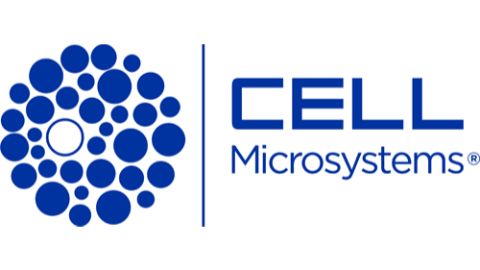iPSC-Derived Cardiomyocytes and Luciferase Reporters: A Robust Reporting Platform for Monitoring Cardioprotection and Pathway Biology in Endogenous Human Tissue Cells

Pathophysiological conditions, medical interventions, and off-target toxicities can all result in cellular oxidative stress. In cardiac myocytes, prolonged and/or excessive oxidative stress can lead to cardiotoxicity: a primary cause of developmental delays, black-box warnings, and post-launch withdrawal of pharmaceuticals. Many protective responses to oxidative stress are mediated at the transcriptional level through antioxidant response elements (AREs). iCell® Cardiomyocytes (Cellular Dynamics International) are fully functional cardiomyocytes derived from human induced pluripotent stem cells (iPSCs). The ability to monitor ARE activity in this relevant tissue cell would provide an excellent tool for both interrogating and enhancing cardioprotective processes through basic experimental and screening paradigms, respectively. To that end, a novel ARE luciferase reporter construct, pGL4[luc2P/NRF2/Hygro] (ARE-luc: Promega) was transiently transfected into iCell Cardiomyocytes and functionally validated by inducing oxidative stress through application of tertiary butylhydroquinone (tBHQ) and monitoring increases in luciferase activity. Control experiments with GFP demonstrated that lipid-based methodologies could introduce the plasmid into the terminally differentiated iCell Cardiomyocytes with greater than 40% transfection efficiency with minimal optimization. Transfection of ARE-luc into iCell Cardiomyocytes and subsequent incubation with tBHQ produced increases in luciferase activity in a dose dependent manner. Similarly, luciferase-based CRE and NFAT reporters acted as a surrogate readout for GPCR modulation by generating dose dependent increases in luciferase activity upon transfection into iCell Cardiomyocytes and stimulation with isoproterenol. Together, these data demonstrate that a variety of luciferase-based reporters are easily transfected into iCell Cardiomyocytes. The combination of a nearly-limitless supply of relevant human tissue cells and a robust reporter system promises great utility for pathway analysis for both basic and applied research endeavors.





